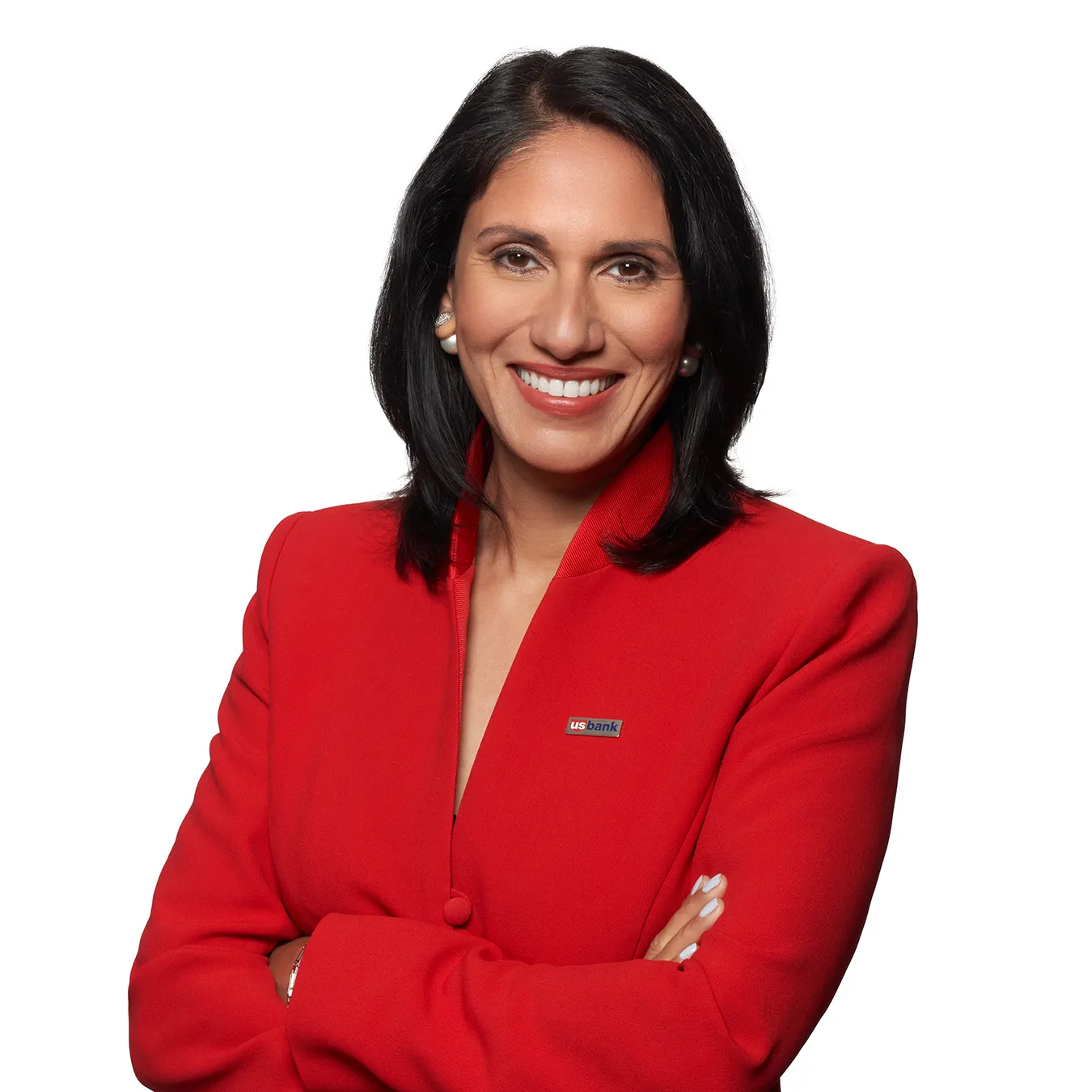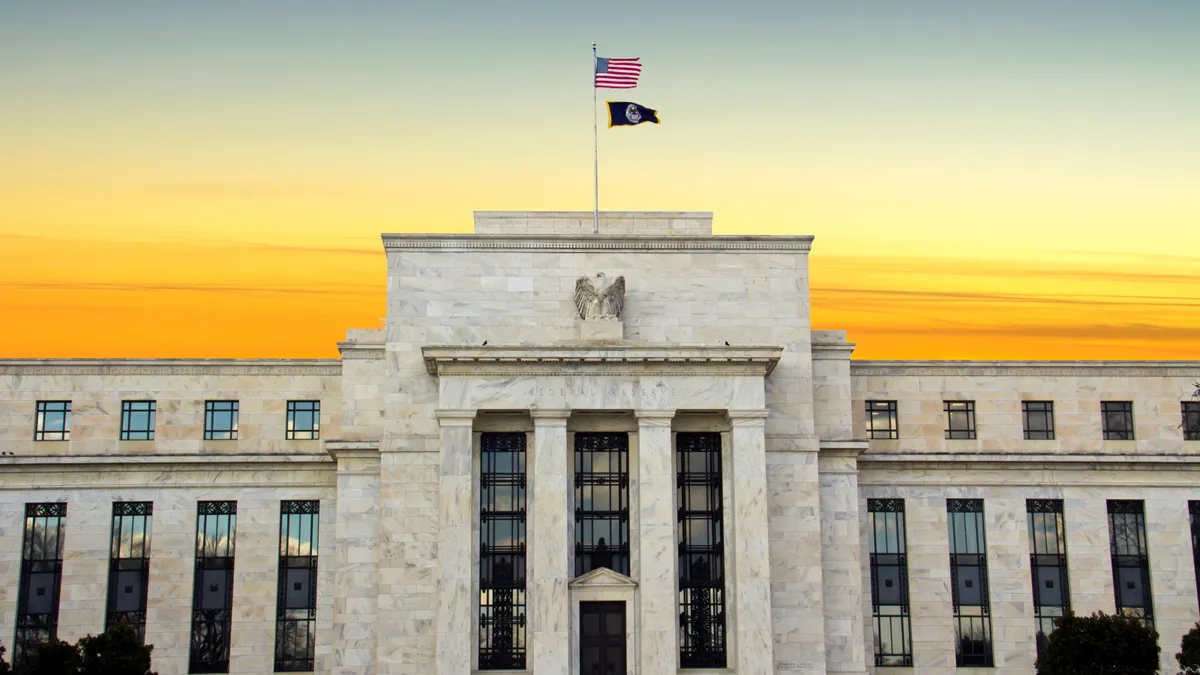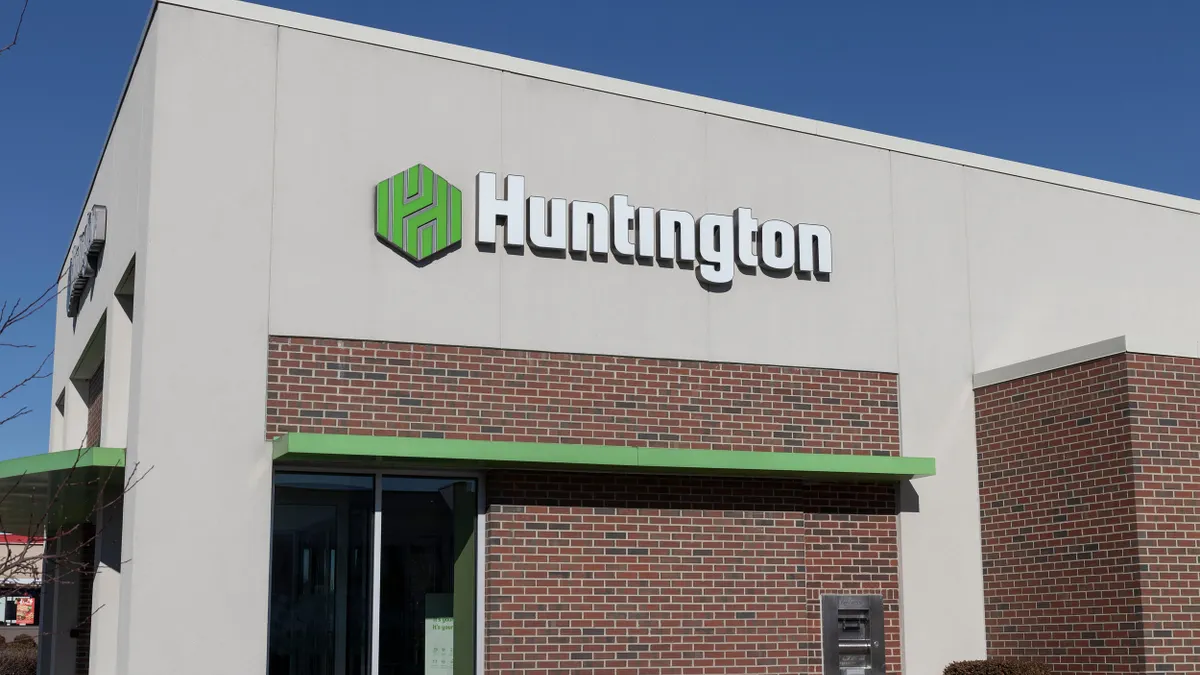U.S. Bank CEO Gunjan Kedia acknowledged Wednesday that the super-regional lender needs to “execute with urgency and consistency” to accelerate growth, as it faces “skepticism” around its ability to do so.
Kedia, who took the helm of U.S. Bank in April, has been at the Minneapolis-based bank for about 8½ years. Before that, she spent time at BNY and State Street and a decade in consulting, giving her an up-close look at a number of other companies. Kedia replaced Andy Cecere, who’d been the bank’s CEO since 2017.
“I see places where we have not executed with as much urgency as we could have to really capture the potential of our businesses,” she said Wednesday at a Morgan Stanley investor conference.
She aims to “elevate” that effort and bring a “sharper focus” on generating consistent bottom-line results – something the bank has faced increased pressure to do in recent months. To achieve that, U.S. Bank has prioritized stabilizing expenses, bolstering organic growth and kicking the company’s payments efforts into a higher gear, she said.

The first quarter was U.S. Bank’s sixth straight three-month period with stable expenses, Kedia noted. The bank’s noninterest expenses declined 5% to $4.2 billion in the first quarter, compared to the year-earlier quarter.
As the bank pursues cost savings through artificial intelligence automation, managing its real estate footprint and “organizational simplicity,” it plans to channel those savings into initiatives such as its payments transformation, CFO John Stern said Wednesday.
The $676 billion-asset bank has 15 million consumer, small business and corporate clients and records strong customer loyalty and satisfaction. But only 40% of those clients have multiple products with the bank, so deepening those relationships is the goal, she said.
The lender has made some progress in that endeavor: That percentage, 41% now, was at 36% five years ago, she said. The bank sees further room to grow, particularly with fee-based products, she added.
The bank is also “embedding payments in every single relationship, every single product,” she stressed, since most consumers entering the financial services system today do so through a payments mechanism, such as peer-to-peer payments or cards, and young consumer engagement is especially payment-driven.
Payments makes up about 25% of U.S. Bank’s revenue; card issuing makes up the majority of that, while the merchant business is responsible for about 6%, Kedia said. The bank’s Elavon subsidiary offers merchant services and payment processing. Its Elan division manages credit card programs for about 1,400 banks and credit unions.
U.S. Bank’s credit card business, with nearly $42 billion in loans, is “a very important source of loan growth for us,” Kedia noted Wednesday.
The bank sees its position in between larger banks with super-prime customers and specialty players with subprime cardholders, and U.S. Bank has traditionally focused on non-discretionary, high-affluent spending with its card offerings, she said.
To drive stronger growth in card issuing, the bank seeks to “elevate the sales and marketing efforts we are putting around brand building and client acquisition,” and roll out new products, Kedia said.
Kedia said there’s about 40% penetration of the card business in the lender’s consumer unit, and the bank envisions room to grow with the Union Bank client base from that acquisition.
U.S. Bank plans to shake up its product mix, targeting more affluent customers. “You will see us maintain our loan growth,” which has been tracking slightly better than the industry, she said, while “our fee growth has been traditionally about 100 basis points lower than the industry, and our new products are focused on that gap.”
The merchant business is about 6% of the lender’s payment services revenue, and it’s a unit some analysts have wondered if the bank should shed. Kedia noted there’s “a lot of misunderstanding” around the business.
Although it’s not a standalone fee source, U.S. Bank sees value in establishing those small business relationships and getting them set up to accept and process payments, Kedia said.
Surveys indicate that entrepreneurs, if given a choice, “will consolidate their business with us, because at some point they’re going to need a line of credit,” she said.
“That’s the vision we have, that our [merchant processing services] business will anchor our small-business franchise,” she said.
With necessary investments behind it, the bank’s merchant business profit margin is about 10 to 15 points higher than most competition, Kedia said. “The trade-off is lower growth,” she said.
“Our transformation is to move us from being a commodity acquiring business … to a more software-led business where the growth is higher,” she said, adding that it’s a slow process.
As part of that, U.S. Bank has narrowed its focus on specific verticals – healthcare, retail and services and travel and entertainment – and walked away from some business that does “large volume, almost no revenue.”
Kedia cited grocery as an example of a vertical where the bank will continue to handle merchant acquiring but isn’t doubling down on the software-led aspect.
That shift should result in a healthier growth rate for the merchant business, she said.






















